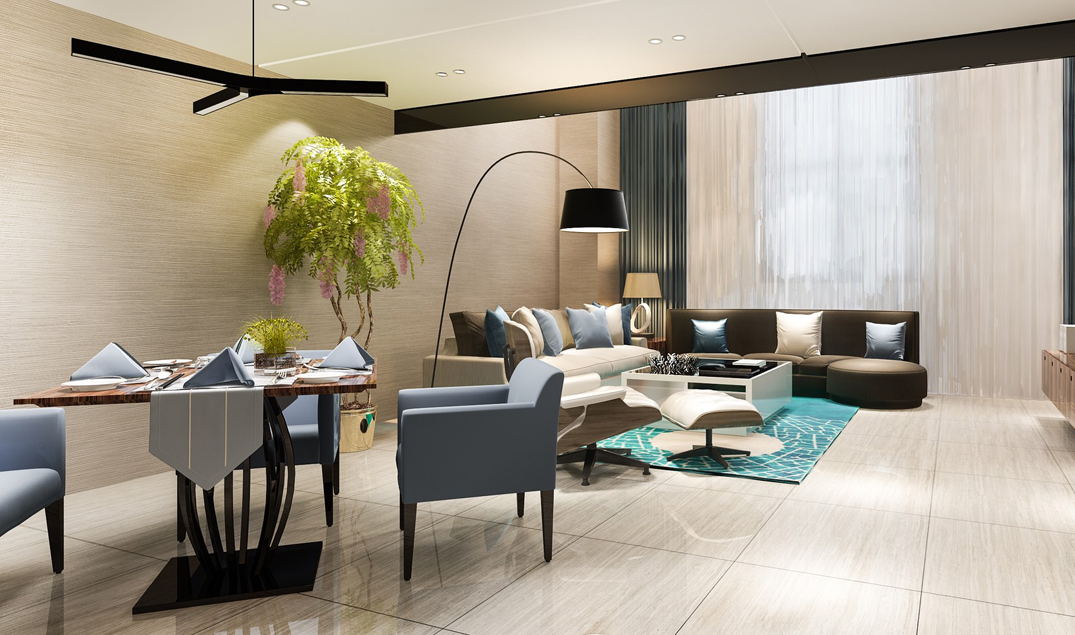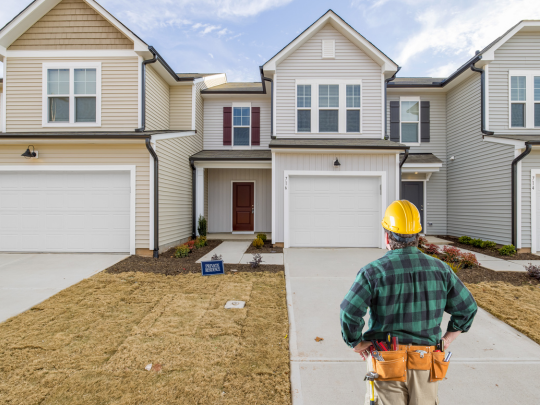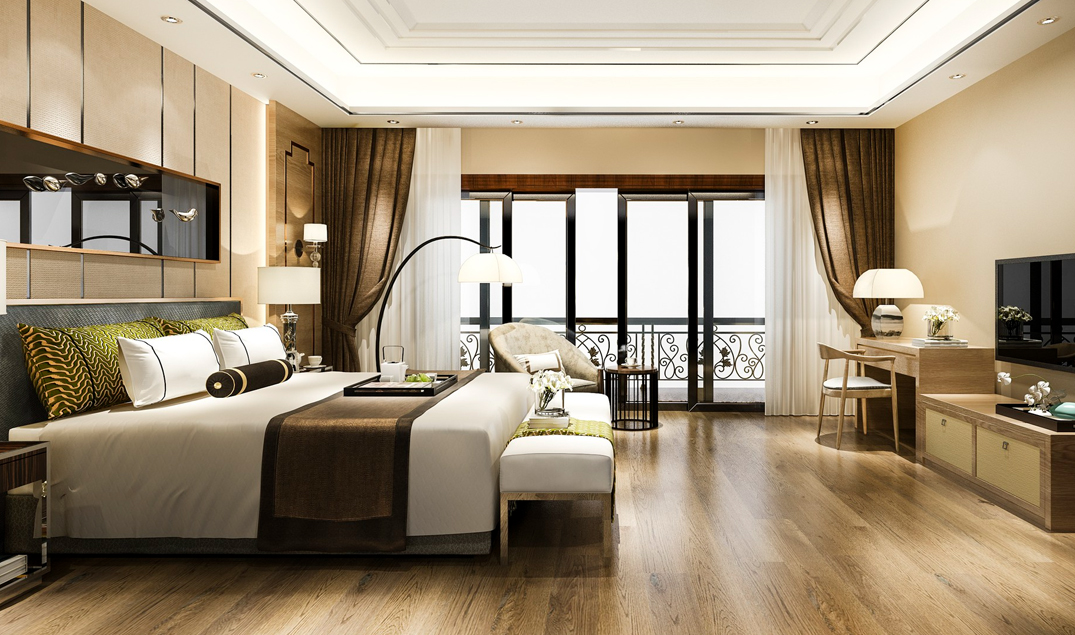Home remodeling is daunting to say the least. Between the time that it takes out of your daily routine, the cost, and deciding what to renovate first, there’s a lot to keep track of when renovating every room in y
In an increasingly urbanized world, where technology can paradoxically leave us feeling more disconnected, the role of architects extends beyond creating functional spaces to encompass designing environments that foster human connection and combat loneliness. The design of our built environment significantly impacts our social interactions, mental well-being, and sense of belonging. In this blog post, we explore how architects are reimagining spaces to promote less lonely living and enhance social connectivity.
Community-Centric Design: Architects are embracing the concept of community-centric design, where spaces are intentionally planned to encourage social interaction and foster a sense of belonging. This includes incorporating communal areas such as shared gardens, rooftop terraces, and multipurpose community rooms into residential developments. These spaces serve as hubs for residents to gather, interact, and form meaningful connections with their neighbors.
Mixed-Use Developments: Integrating residential, commercial, and recreational facilities within the same development not only promotes convenience but also facilitates social interaction. Mixed-use developments create vibrant, walkable neighborhoods where residents can live, work, and socialize within close proximity. By fostering a sense of community, these developments help combat social isolation and loneliness.
Flexible Living Spaces: Architects are designing flexible living spaces that can adapt to the changing needs of residents. Open-plan layouts and multifunctional furniture allow for seamless transitions between different activities, encouraging social interaction and collaboration. Additionally, incorporating elements such as movable partitions and sliding doors provides residents with the option to personalize their space based on their social preferences.
Biophilic Design: Biophilic design principles, which seek to incorporate elements of nature into the built environment, have been shown to have numerous benefits for mental health and well-being. Architects are integrating biophilic elements such as natural light, indoor plants, and green spaces into their designs to create environments that promote relaxation, reduce stress, and encourage social interaction.
Accessible Outdoor Spaces: Access to outdoor spaces is essential for promoting social interaction and physical activity. Architects are designing residential developments with well-designed outdoor areas, including parks, courtyards, and walking trails, that encourage residents to spend time outdoors and engage with nature. These spaces serve as gathering places where neighbors can meet, socialize, and form connections.
Inclusive Design: Inclusive design ensures that spaces are accessible and welcoming to people of all ages, abilities, and backgrounds. By considering the diverse needs of residents from the outset, architects can create environments that promote inclusivity and social equity. This may involve incorporating features such as universally accessible entrances, tactile signage, and seating areas that accommodate individuals with mobility challenges.
Technology Integration: While technology has the potential to exacerbate feelings of loneliness and isolation, architects are exploring ways to leverage technology to enhance social connectivity. This includes incorporating smart home features that facilitate communication and collaboration among residents, such as community forums, shared calendars, and virtual social events.
Promoting Walkability: Walkable neighborhoods encourage spontaneous encounters and facilitate social interaction among residents. Architects are designing developments with pedestrian-friendly infrastructure, including wide sidewalks, bike lanes, and pedestrian plazas, that promote active transportation and create opportunities for casual social encounters.
In conclusion, architects play a crucial role in shaping the built environment in a way that fosters less lonely living and promotes social connectivity. By embracing community-centric design principles, incorporating biophilic elements, and creating inclusive, accessible spaces, architects can design environments that enhance our quality of life and support meaningful social connections. Through thoughtful design interventions, we can create spaces that nurture a sense of belonging and combat the growing epidemic of loneliness in our society.




